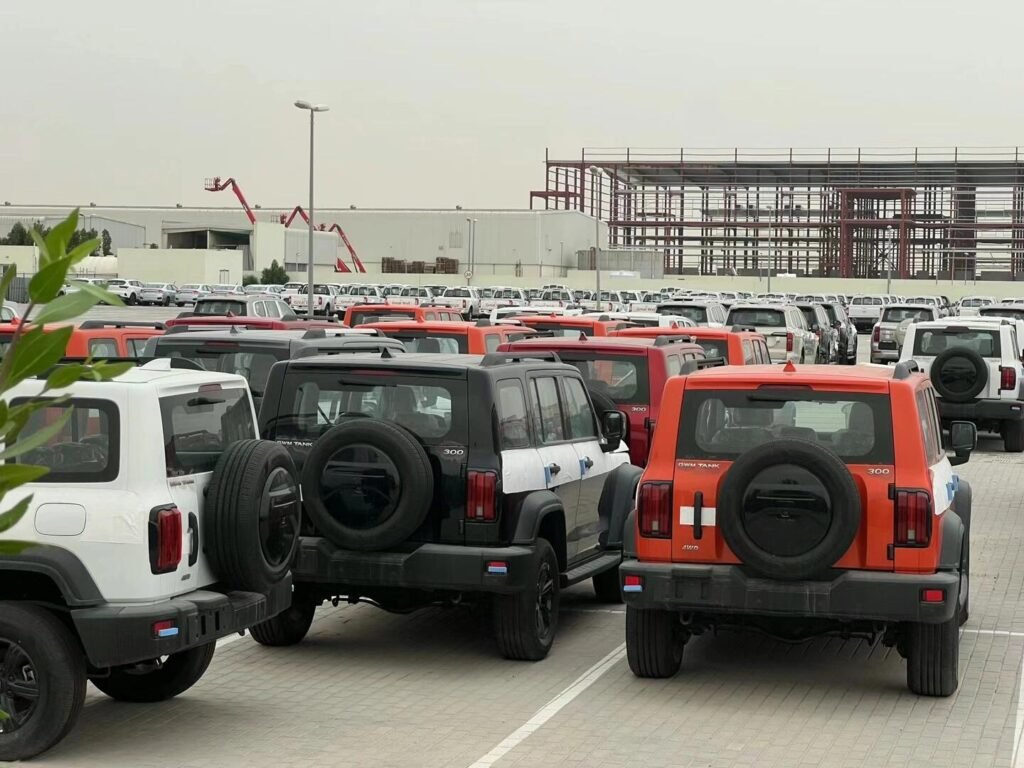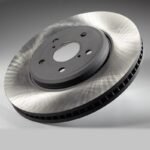After nearly 8 months of anti-subsidy investigations, the European Commission disclosed on June 12 the level of provisional tariffs to be levied on pure electric vehicles imported from China.

It plans to levy provisional anti-subsidy tariffs ranging from 17.4% to 38.1% on top of the current 10% tariff.
This measure has aroused strong opposition from many parties. Among the three automakers sampled and selected, SAIC Group faces a tariff rate as high as 38.1%, the highest rate; Geely Automobile and BYD face tariff rates of 20% and 17.4% respectively.

Other enterprises that have not been sampled but cooperate in the investigation will be levied tariffs uniformly according to the weighted average tariff rate of 21%; for those that do not cooperate in the investigation, the levy rate is 38.1%.

The EU is one of the important markets for China’s automobile exports, and the levy of tariffs will have a significant impact on Chinese automakers.
Firstly, this will lead to an increase in the prices of electric vehicles exported by Chinese automakers to the EU, weakening their competitiveness in the European market.
Secondly, it is expected that the export volume of Chinese electric vehicles to Europe may decrease by about 30% in the short term.
However, the Chinese automotive industry is not without countermeasures. China, as the world’s largest market for the production and sales of electric vehicles, has a domestic market sales volume far higher than the sum of the sales volumes in the European and American markets.
In addition, Chinese independent electric vehicle brands are also continuously improving in terms of technology and quality, with certain competitiveness.

From Mr.Carhunter’s opinion,in the face of the EU’s tariff-levying measure, Chinese automakers will take the following measures:
- Strengthen technological innovation: Improve the technical level and quality of electric vehicles, reduce costs, and enhance product competitiveness.
- Expand other markets: Increase efforts to explore markets in other countries and regions and reduce dependence on the EU market.
- Negotiate with the EU: Seek solutions through communication and negotiation with the EU to safeguard their legitimate rights and interests.
- Enhance brand image: Strengthen brand building, improve brand awareness and reputation, and enhance consumers’ recognition of Chinese electric vehicles.

In conclusion, the EU’s levy of tariffs on Chinese electric vehicles will pose challenges to Chinese automakers, but Chinese automakers can also reduce the impact through their own efforts and countermeasures to achieve sustainable development. At the same time, both China and the EU should properly resolve trade disputes through dialogue and negotiation to maintain the stability and healthy development of China-EU economic and trade relations.











